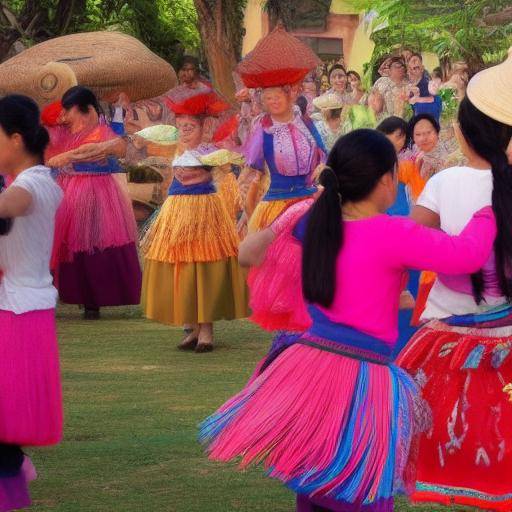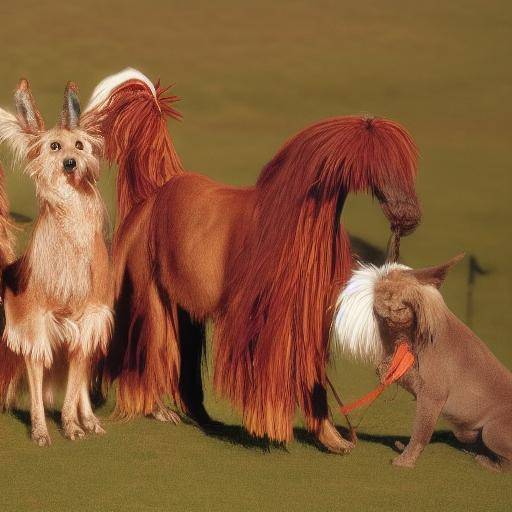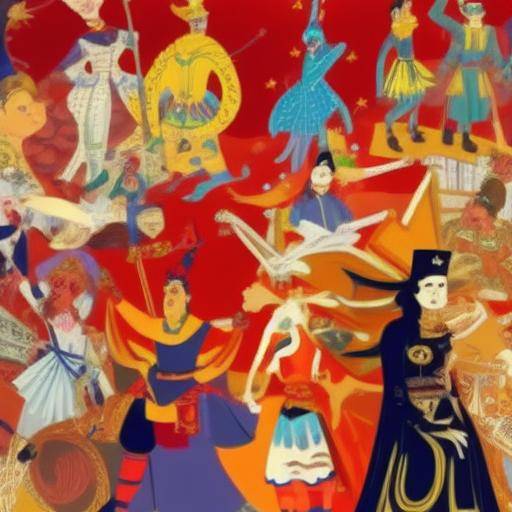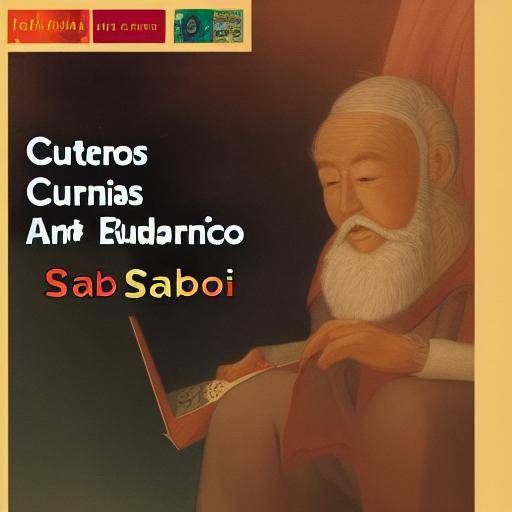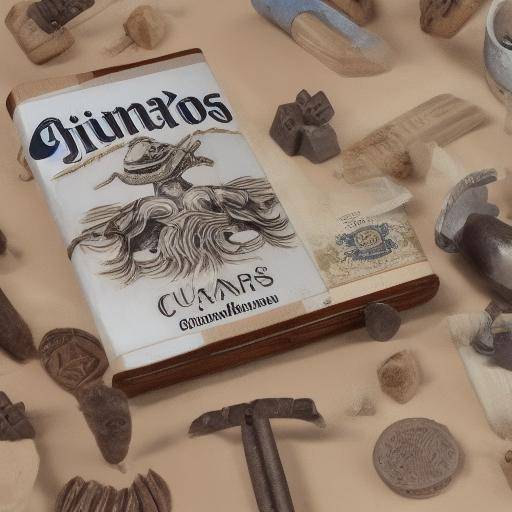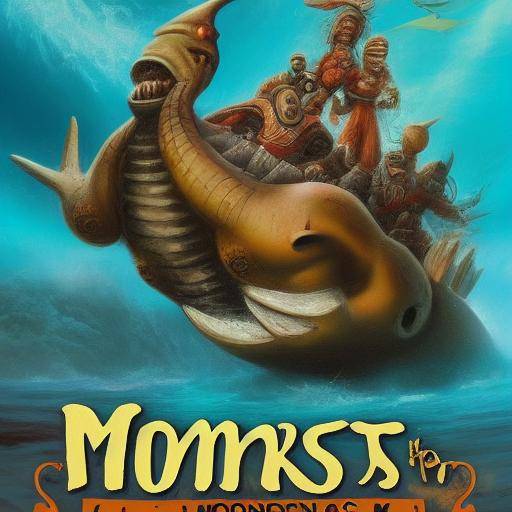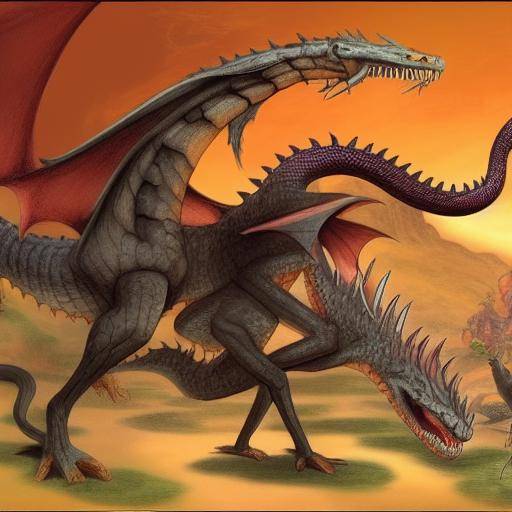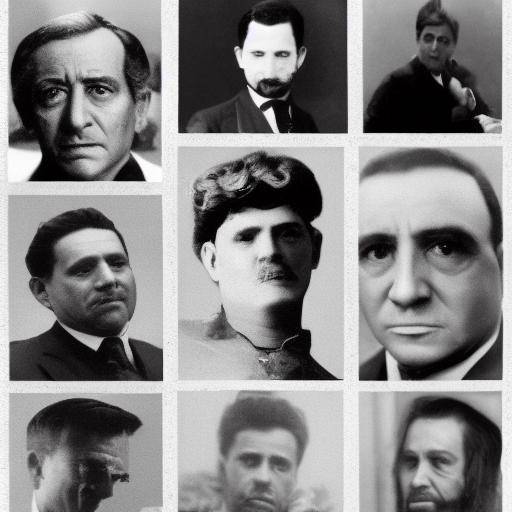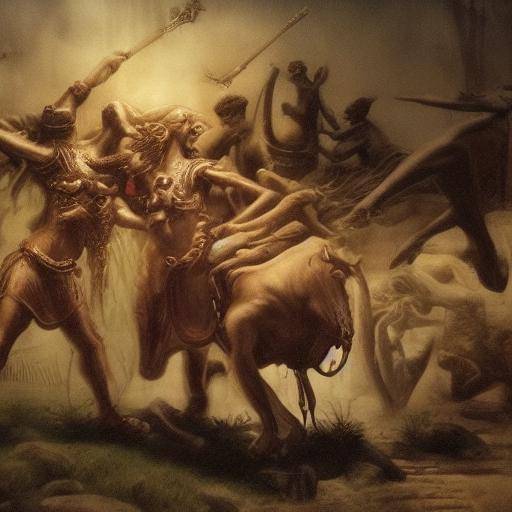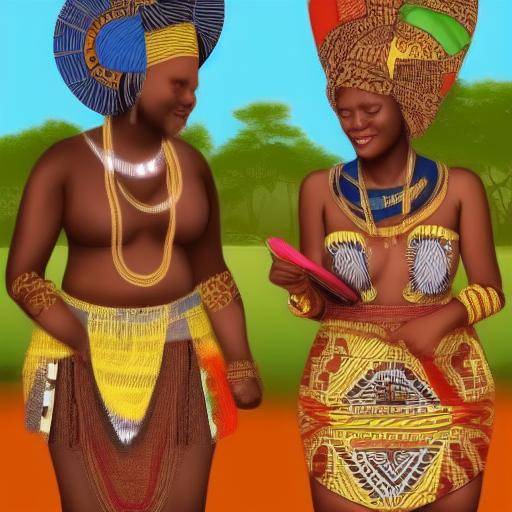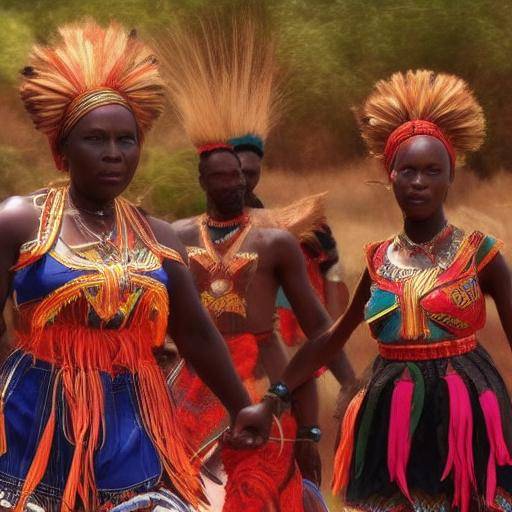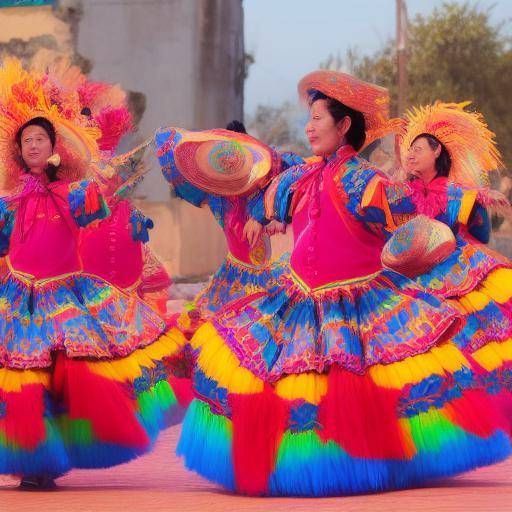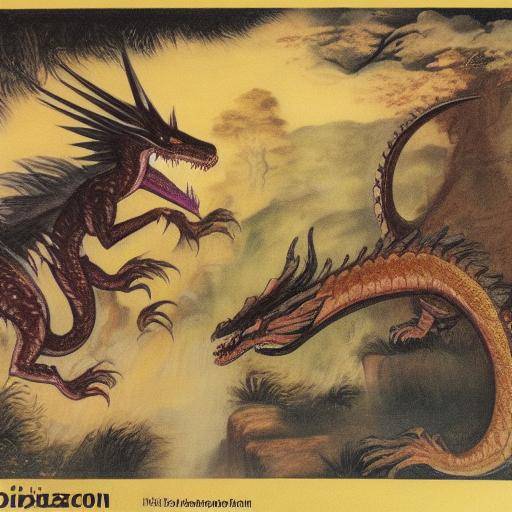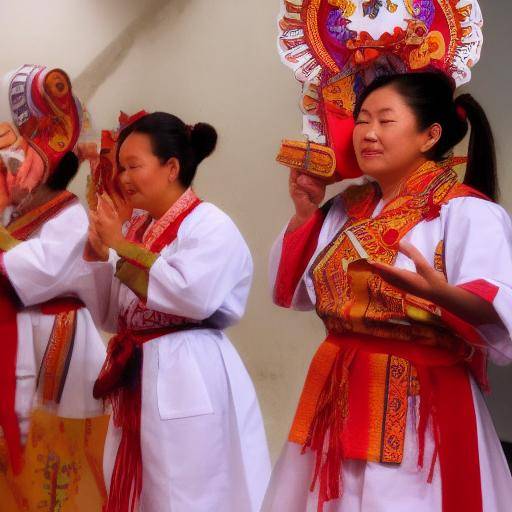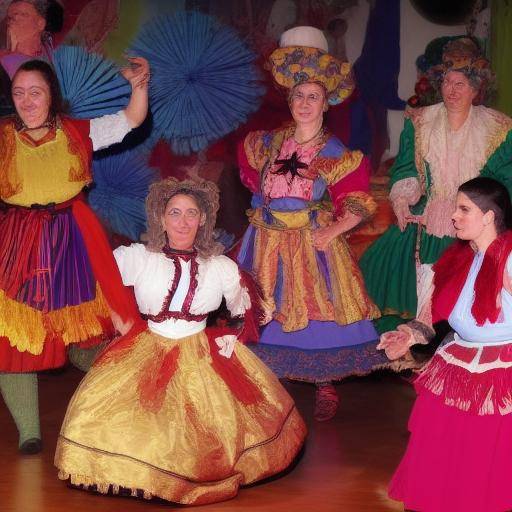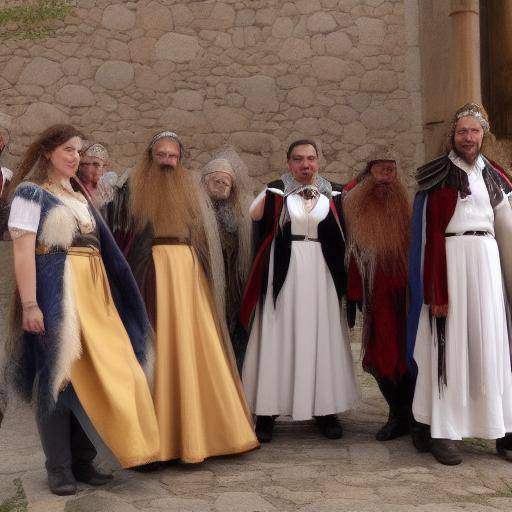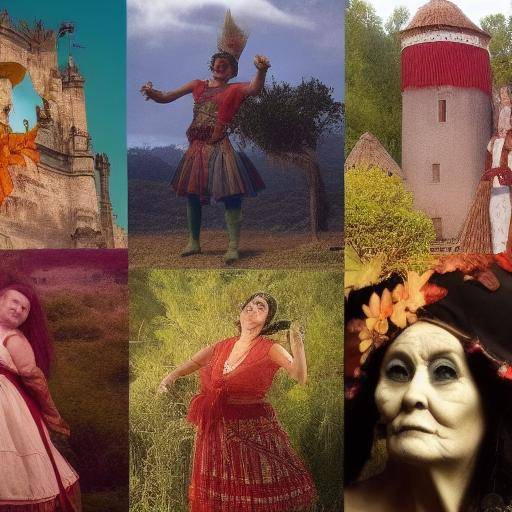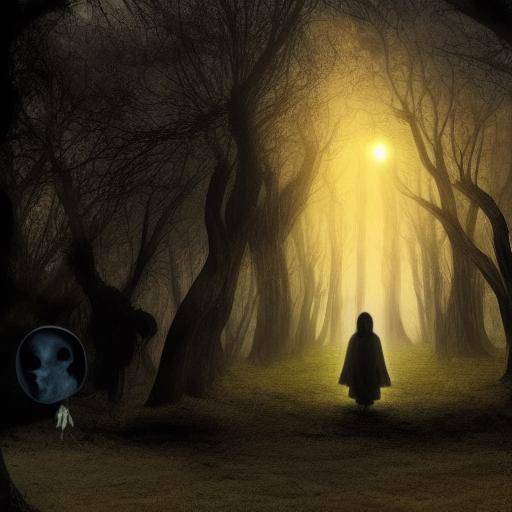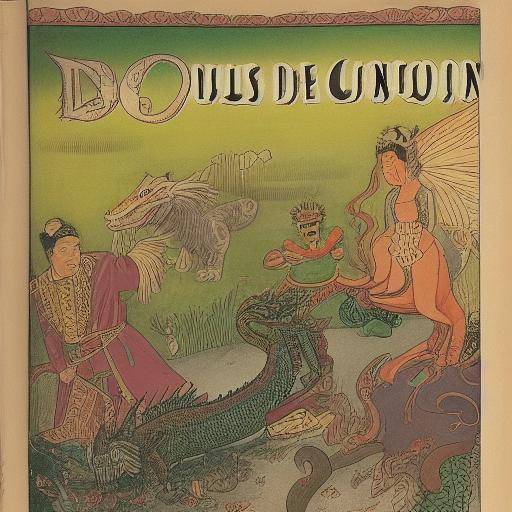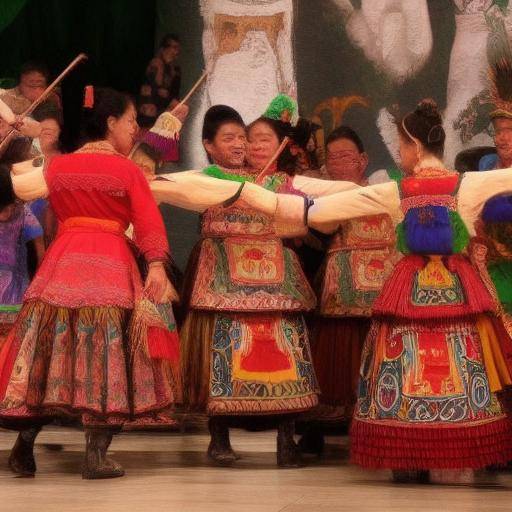
Asian folklore hosts a vast and enigmatic repertoire of mythical creatures that have captivated the imagination of generations through legends and myths. These fascinating creatures have penetrated popular culture and continue to exert their influence on various artistic and cultural manifestations. In this article, we will explore the mythical creatures of Asian folklore, their origins, meanings and their impact on current society.
Introduction
Mythic creatures have always been sources of wonder and mystery in the cultures of Asia. From the majestic and wise figure of the Chinese dragon to the cunning and naughty Japanese kitsune, mythical creatures have marked the history and imagination of Asian societies. In this article, we will embark on a legendary journey through the crucible of myths, legends and folklores that have shaped the rich tapestry of mythical creatures in Asia.
History and Background
Asian folklore has millennial roots that intertwine with ancestral beliefs, mythology and the history of civilizations in the region. From the first Chinese dynasties to the Japanese empires and ancient cultures of India, mythical creatures have been an integral part of Asia's cosmogenic and spiritual narratives. The impact of Buddhism, Taoism, Hinduism and other religious traditions has shaped the conception and representation of these creatures in Asian folklore.
Legends of mythical creatures have endured over the centuries, adapting to sociocultural changes and preserving their relevance in the worldview of different Asian communities. From mystical guardians to terrible monsters, these creatures have served as metaphors of virtues, vices and human dilemmas, projecting the fears, desires and aspirations of each generation.
Analysis in Deep
The symbolic and cultural value of these creatures transcends the geographical and temporal barriers, resonating in literature, art, cinema and contemporary music. Its influence is observed in fashion, architecture and video games, demonstrating its imposing legacy in creativity and popular identity.
Comprehensive review
Asia's religious syncretism and cultural diversity have engendered an astonishing variety of mythical creatures that reflect the nuances and complexities of their traditions. From the eastern dragons associated with the emperor to the Japanese yōkai that populate the darkest corners of the imagination, these creatures incarnate Asian folklore in all its diversity.
Comparative analysis
Asian folklore, unlike its western counterparts, is characterized by its intricate network of myths and symbols covering a wide range of creatures, each with its own history and meaning.
Practical Tips and Accessible Recommendations
If you are immersed in the Asian folklore world, mythical creatures offer a fascinating window to the rich cultural heritage of the region. Exploring your stories and teachings will immerse you in a universe of ancient wisdom and contemporary resonance.
Industry Perspectives and Expert Reviews
For scholars and enthusiasts of Asian folklore, these mythical creatures represent a rich and dynamic field of study that unfolds the complexities of cultural thought and collective narrative.
Case Studies and Applications in Real Life
The mythical creatures of Asian folklore have exerted a lasting influence on modern popular culture, serving as inexhaustible sources of inspiration for writers, filmmakers, artists and designers.
Future Trends and Predictions
As Asia is projected as a global center of influence, folklore mythical creatures continue to capture the attention and admiration of audiences around the world. Their presence in contemporary culture, fashion, entertainment and narrative reveals the perseverance and lasting appeal of these creatures for future generations.
Conclusion
Asian folklore is a treasure of timeless narratives that come to life through their mythical creatures. As we immerse ourselves in these legends, we connect with a legacy of wisdom, imagination and wonder that transcends the borders of time and space.
Frequently asked questions
What are some of the most famous mythical creatures in Asian folklore?
Asian folklore is populated with mythical creatures, among the most known are the Chinese dragon, the Japanese tengu, the Chinese phoenix, the Japanese yōkai, the Chinese kirin and the Chinese quilen.
How have mythical creatures of Asian folklore influenced contemporary popular culture?
The mythical creatures of Asian folklore have influenced a wide spectrum of cultural and artistic expressions, including literature, cinema, video games, manga, anime, fashion, architecture and traditional festivities.
Why are mythical creatures important in Asian folklore?
These creatures represent symbolic archetypes rooted in the traditions, mythologies and cosmovisions of Asian cultures, and are bearers of profound meanings about human nature, the universe and morality.
What is the role of mythical creatures in the religious and spiritual traditions of Asia?
Mythic creatures have significant roles in the religious and spiritual traditions of Asia, serving as guardians, messengers, symbols of virtue and spiritual deity in various practices and beliefs.
Are there regional variations in representations of mythical creatures in Asian folklore?
Yes, the representations of mythical creatures vary widely according to the regions and cultural contexts of Asia, reflecting the distinctions and syncretisms between different traditions and religions.
What impact do mythical creatures of Asian folklore have on contemporary narrative?
The mythical creatures of Asian folklore have inspired countless literary works, films, video games and other contemporary narrative media, enriching the creativity and imagination of the global narrative.
In short, the mythical creatures of Asian folklore encapsulate the spiritual, cultural and historical wealth of Asia, projecting their legacy in the collective wisdom of past, present and future generations.

